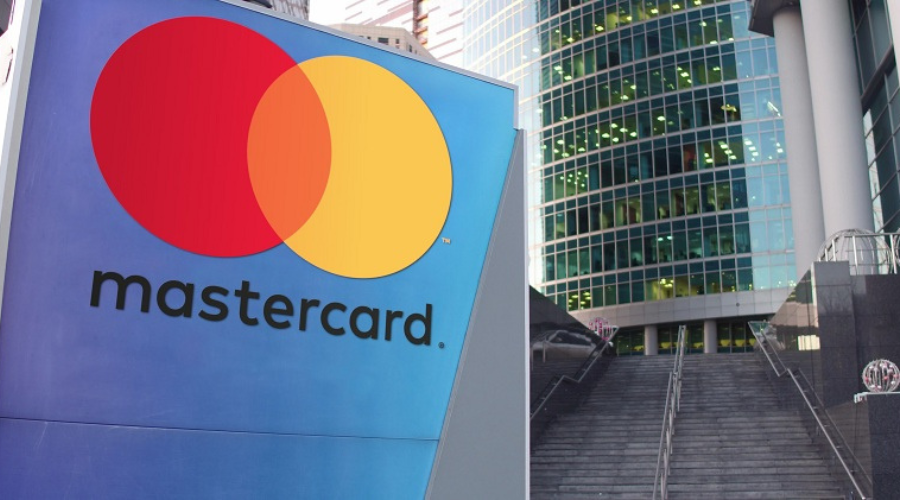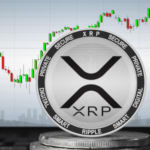
Mastercard Successfully Tests CBDC Wrapping on Varied Blockchains
- summy Morphe
- October 13, 2023
- News, Cryptonews
- Blockchain, CBDC, Mastercard
- 0 Comments
Mastercard successfully wraps CBDCs on various blockchains, bridging traditional finance with DeFi and potentially reshaping global finance.
Key Takeaways
- Mastercard, in collaboration with the Reserve Bank of Australia, triumphs in CBDC wrapping experiment.
- The experiment employed Mastercard’s Multi Token Network, connecting CBDCs with multiple blockchains.
- The innovative test showcases a capability to facilitate purchases, like NFTs on Ethereum, using CBDCs.
- Mastercard illustrates potential to impose controls on public blockchains through its platform.
In a pioneering venture, Mastercard has conclusively executed a successful experiment wrapping central bank digital currencies (CBDCs) on multiple blockchains, working in tandem with the Reserve Bank of Australia (RBA) and the country’s Digital Finance Cooperative Research Centre CBDC. The trial explored the encapsulation of CBDCs on various blockchains, akin to how wrapped Bitcoin (wBTC) and wrapped Ether (wETH) are utilized in the crypto space.
JUST IN:
Mastercard says they had successful trials with CBDC payments.
— Whale (@WhaleChart) October 12, 2023
Mastercard on CBDC
Richard Wormald, President of Mastercard’s Australasia Division, encapsulated the significance of the trial, expressing that, “By enabling individuals to effortlessly transition digital currencies on-demand, via Mastercard’s trusted network, a wider consumer base could engage in crypto ecosystems using reputable and reliable forms of money.” He further noted the appreciable advantages of such digital currencies, pinpointing their “programmability, transparency, and compliance” as standout features.
The experimental framework leaned on Mastercard‘s Multi Token Network, which remarkably enabled the holder of a CBDC to purchase a non-fungible token (NFT) listed on the Ethereum blockchain. It laid down a critical milestone by demonstrating the platform’s capacity to enforce controls even on public blockchains. The process entailed locking the requisite number of a pilot CBDC on the RBA’s platform, followed by minting an identical volume of wrapped pilot CBDC tokens on Ethereum.
This experimentation marks not merely a technological breakthrough but also signifies a milestone in bridging traditional finance with the burgeoning field of decentralized finance (DeFi). Mastercard’s initiative embodies a strategy that seeks to harness the innovative power and flexibility of blockchain technology while retaining the stability and trust inherent to central bank digital currencies.
Concluding Thoughts
Furthermore, by successfully marrying CBDCs with various blockchains, Mastercard opens the gate towards a future where decentralized and centralized financial systems could coalesce more seamlessly, potentially unlocking novel avenues for global trade, investment, and commerce. Consequently, this could herald a new era of financial interoperability, whereby the boundaries between traditional fiat currencies and digital assets begin to blur, fostering a more inclusive, transparent, and efficient global financial ecosystem.
Such advancements, whilst bolstering the reliability and functionality of digital currencies, also pose fresh challenges and considerations in realms of regulation, security, and technology that stakeholders across the spectrum will need to navigate astutely. Consequently, the road ahead in integrating CBDCs with decentralized blockchains is likely to be both innovative and necessitating vigilant governance.


